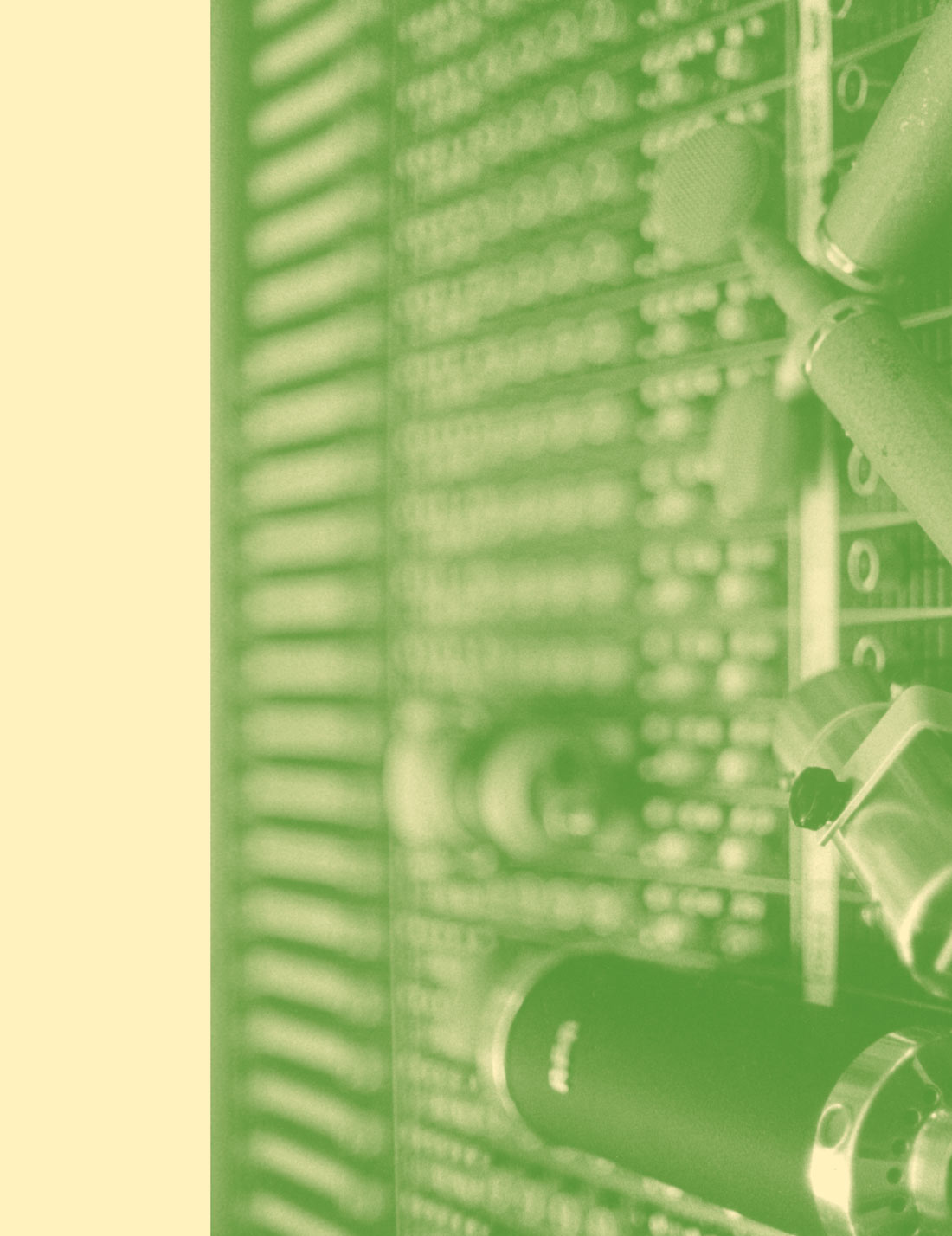I seem to recall Steve Albini saying something at one of the TapeOpCons about how he wished there was a box that could turn the hi-hat down on a drummer's kit. Well, since he doesn't use Pro Tools, he won't be able to use Transmod, which, among many capabilities, will do exactly that. The Transmod plug-in is like SPL's Transient Designer hardware, but with much more control and flexibility, at a fraction of the cost. Ever since I installed Transmod on our studio's computer, every engineer who's used it has raved about it and referred to it as one of the only must-have plug-ins for their sessions.
Transmod is short for Transient Modulator, and like the SPL Transient Designer, the point here is serious control over-or the ability to seriously fuck up if you prefer- sounds with transients. Gee whiz, with the exception of maybe some organs, keyboards and overly compressed vocals, that's just about anything right? Exactly. So how does it work?
The manual states: "The Sony Transient Modulator functions by producing a continuous value that is proportional to the dynamic level encountered at its input (i.e., the programme level envelope). This value is then subjected to processing that extracts the rate of change of the programme level envelope, which is used to modify the forward gain of the output signal during the periods of dynamic activity in the programme. In this way the resulting level envelope at the output of the TransMod can be modified dramatically to accentuate or attenuate aspects of the dynamic profile of the sound, whilst drawing from the natural characteristics of the original programme signal."
What?!? Hell, I just grab sliders on this plug-in and start tweaking. Compared to Transient Designer's two knobs, there's a lot more here to fiddle with. Some controls like Gain, Threshold, Recovery, and Overdrive are pretty familiar and act more or less as expected. The Recovery control is key in shaping only certain aspects of a track, such as the snare, while the hi-hat bleed is ignored (or not ignored as the case may be). The Overshoot value seems to function in a similar manner but is apparently more program-dependent. The Rise Time control is analogous to an attack control in that faster settings process everything, while slower settings ignore quick transients. Things get really interesting as you change the Ratio control; positive settings increase the gain during transients while negative settings decrease gain. Finally, the Overshoot control is a program-dependent setting that effects how much of a transient is processed. The key here is that all these controls and settings are interactive and work together.
Transmod is a very deep plug-in, and I suspect I will still be learning how to use it a year from now. It has already proven itself invaluable during recent mixing of two albums at the Hangar, and I don't think it has any real counterpart or competition in hardware. My hat goes off to Sony. You can download more info and a functioning demo from the website. TransMod works with Pro Tools 5 and 6. ($450 for Pro Tools TDM, $230 for LE; www.sonyplugins.com)




_disp_horizontal_bw.jpg)